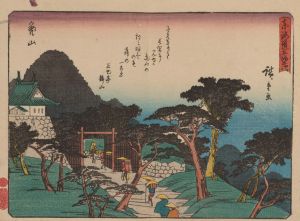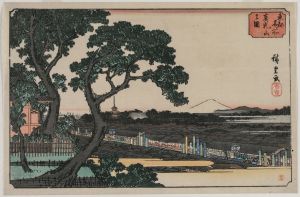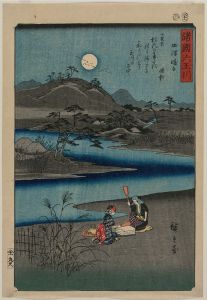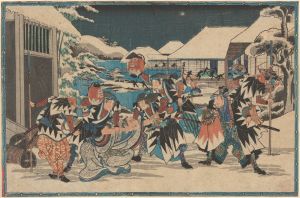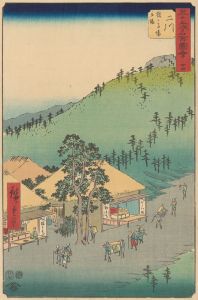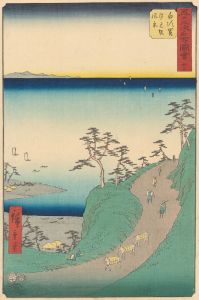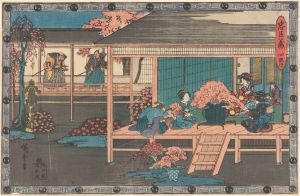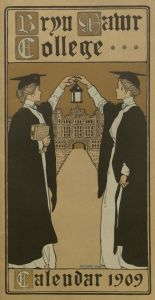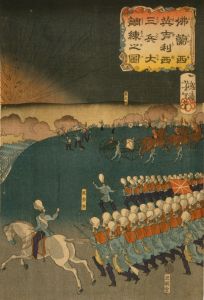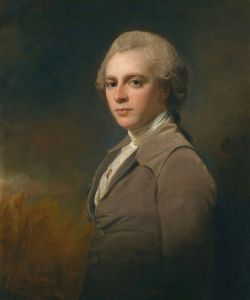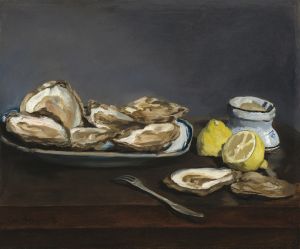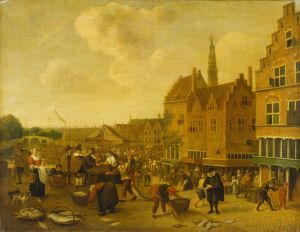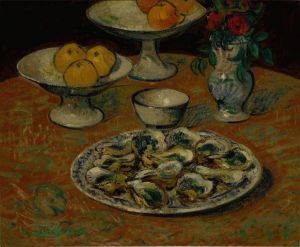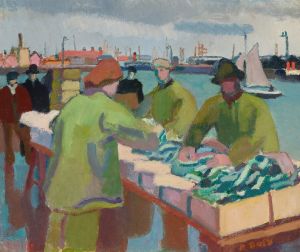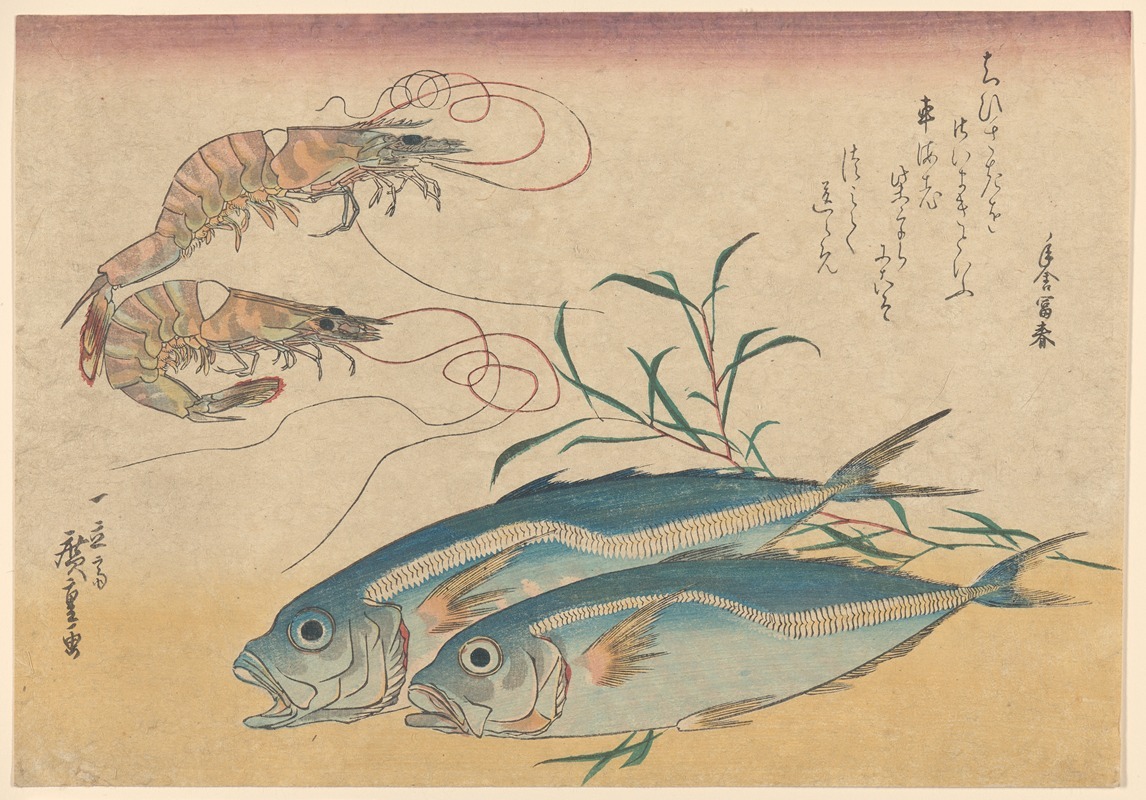
Kuruma Ebi, Aji Prawns, and Horse Mackerel
A hand-painted replica of Andō Hiroshige’s masterpiece Kuruma Ebi, Aji Prawns, and Horse Mackerel, meticulously crafted by professional artists to capture the true essence of the original. Each piece is created with museum-quality canvas and rare mineral pigments, carefully painted by experienced artists with delicate brushstrokes and rich, layered colors to perfectly recreate the texture of the original artwork. Unlike machine-printed reproductions, this hand-painted version brings the painting to life, infused with the artist’s emotions and skill in every stroke. Whether for personal collection or home decoration, it instantly elevates the artistic atmosphere of any space.
Andō Hiroshige, a renowned Japanese ukiyo-e artist of the Edo period, is celebrated for his landscapes and depictions of flora and fauna. One of his works, "Kuruma Ebi, Aji Prawns, and Horse Mackerel," exemplifies his skill in capturing the natural beauty and detail of marine life. This artwork is part of Hiroshige's series that focuses on fish and other sea creatures, showcasing his ability to blend art with nature.
Hiroshige was born in 1797 in Edo, now Tokyo, and became one of the last great ukiyo-e masters. Ukiyo-e, which translates to "pictures of the floating world," was a genre of art that flourished in Japan from the 17th to the 19th centuries. It primarily featured subjects like kabuki actors, sumo wrestlers, beautiful women, landscapes, and scenes from history and folk tales. Hiroshige's work, however, is particularly noted for its landscapes and nature scenes, which were innovative at the time.
"Kuruma Ebi, Aji Prawns, and Horse Mackerel" is a woodblock print, a common medium for ukiyo-e artists. This technique involves carving an image into a block of wood, applying ink, and then pressing it onto paper. Hiroshige's mastery of this technique allowed him to produce detailed and vibrant images that captured the essence of his subjects. The print in question is part of a larger series that Hiroshige created, focusing on fish and other sea creatures, which was a popular theme in Japanese art due to the country's rich maritime culture.
In this particular print, Hiroshige depicts kuruma ebi (Japanese tiger prawns), aji (horse mackerel), and prawns with meticulous attention to detail. The composition highlights the textures and colors of the sea creatures, showcasing Hiroshige's keen observation skills and his ability to render them with lifelike precision. The prawns are depicted with their characteristic long antennae and segmented bodies, while the horse mackerel is shown with its distinctive streamlined shape and silvery scales.
Hiroshige's work often reflects the Japanese appreciation for nature and the changing seasons, and this print is no exception. The depiction of marine life not only serves as an artistic subject but also reflects the importance of these creatures in Japanese culture and cuisine. Fish and seafood have been integral to the Japanese diet for centuries, and Hiroshige's prints celebrate this connection between people and the sea.
The print is also notable for its use of color and composition. Hiroshige employed a palette that captures the natural hues of the sea creatures, using blues, greens, and reds to bring the scene to life. The composition is balanced and harmonious, with each element carefully placed to create a sense of movement and vitality.
Hiroshige's influence extended beyond Japan, impacting Western artists such as Vincent van Gogh and Claude Monet, who admired his use of perspective and color. His works, including "Kuruma Ebi, Aji Prawns, and Horse Mackerel," continue to be celebrated for their beauty and technical excellence, offering a glimpse into the rich cultural heritage of Japan and the enduring appeal of ukiyo-e art.





